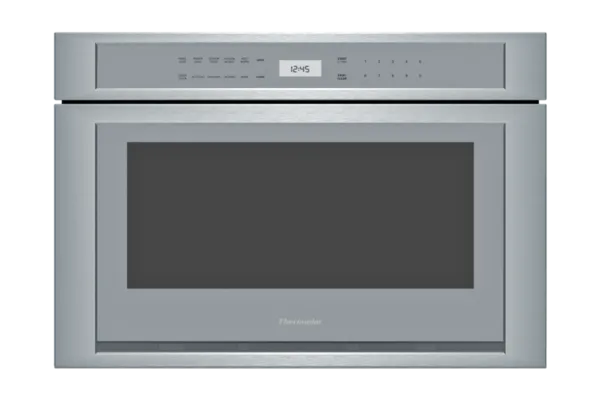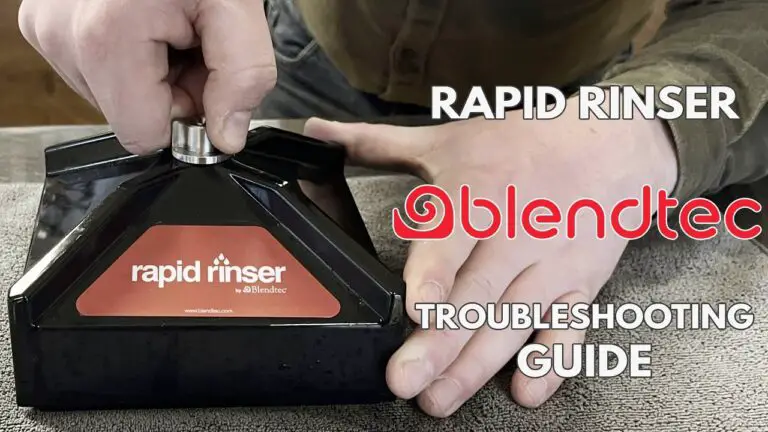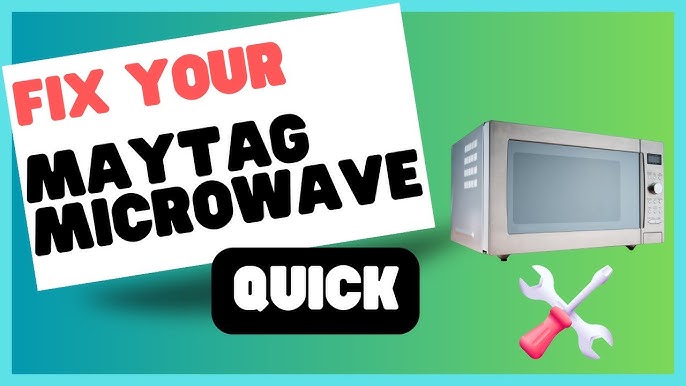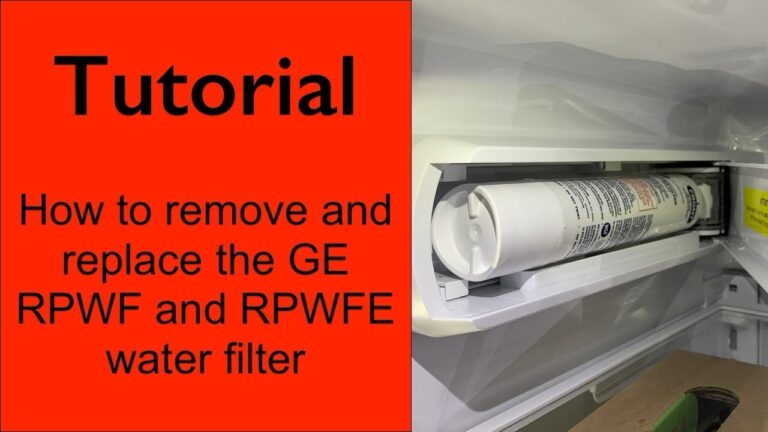Frigidaire Freezer Troubleshooting: Quick Fixes for Common Issues
Is your Frigidaire freezer giving you trouble? Don’t worry—you’re not alone.
When your freezer isn’t working the way it should, it’s more than just an inconvenience. It can lead to spoiled food, wasted money, and added stress. The good news? Most freezer problems can be fixed quickly with the right guidance.
We’ll walk you through simple troubleshooting steps to get your freezer back on track. Whether it’s not freezing properly, making strange noises, or refusing to turn on, we’ve got you covered. Stick around, because by the end of this post, you’ll have the confidence to tackle these issues head-on and save yourself the hassle of unnecessary repairs. Let’s get started!
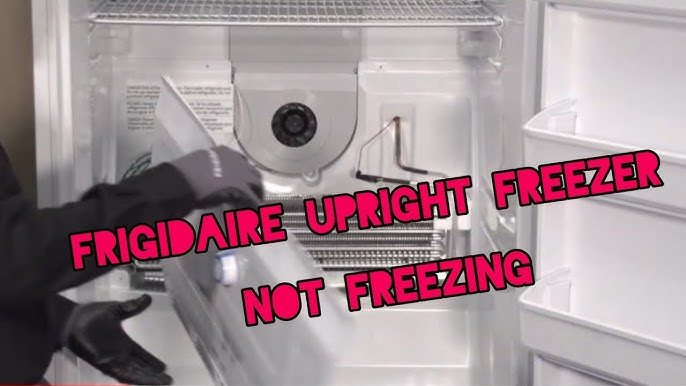
Credit: www.youtube.com
Common Freezer Problems
Frigidaire freezers are reliable, but problems can still occur. Knowing common issues helps you troubleshoot quickly. This guide covers frequent freezer problems and their causes. Understanding these can save you time and money.
Freezer Not Cooling
A freezer that doesn’t cool can be frustrating. Check if the temperature settings are correct. Ensure the door is sealing properly to prevent warm air from entering. Dirty condenser coils can also reduce cooling efficiency. Cleaning them might restore proper function. If none of these work, the compressor or thermostat may be faulty.
Strange Noises
Loud or unusual sounds can indicate a problem. A buzzing noise might mean the compressor is struggling. Clicking sounds could point to a faulty start relay. If you hear rattling, check for loose parts or items inside. Addressing these noises early can prevent bigger issues.
Excessive Frost Build-up
Too much frost can affect freezer performance. Check if the door is closing tightly. A damaged gasket can let warm air in, causing frost. Defrosting the freezer manually may help, but the defrost heater could be malfunctioning. Inspect it for damage or wear.
Leaking Water
Water leaks are a common issue with freezers. This often happens if the defrost drain is clogged. Clear the drain to allow proper water flow. A damaged water line or ice maker connection can also cause leaks. Inspect these components for cracks or loose fittings.

Credit: www.davesmithappliance.com
Cooling Issues
Is your Frigidaire freezer struggling to stay cold? Cooling issues can be frustrating, especially when your food is at risk of spoiling. The good news is that many common problems can be fixed with simple troubleshooting steps.
Checking The Thermostat
The thermostat controls the freezer’s temperature. If it’s not set correctly, your freezer may not cool properly. Check if the dial is on the recommended setting, usually between 0°F and 5°F.
If your freezer still isn’t cold, try adjusting the thermostat slightly colder. Test for changes over the next few hours. A faulty thermostat may need replacement, but start with small tweaks first.
Cleaning The Condenser Coils
Dirty condenser coils make it harder for your freezer to maintain cool temperatures. These coils, often located at the back or bottom of the freezer, can collect dust and debris over time.
Unplug the freezer and use a coil brush or vacuum to clean the coils thoroughly. Avoid using water, as it can damage electrical components. Clean coils ensure the compressor runs efficiently and keeps your freezer cold.
Inspecting The Evaporator Fan
The evaporator fan circulates cold air throughout the freezer. If it’s not working, you might notice uneven cooling or warm spots. Listen for unusual noises or silence—both can signal fan issues.
Check if the fan is blocked by ice or debris. If the fan blades are broken or the motor isn’t running, you may need to replace the fan assembly. A functioning fan is key to consistent cooling.
Testing The Door Seal
A damaged or loose door seal can let warm air into your freezer. This makes the cooling system work harder and can lead to higher energy bills. Look for cracks, gaps, or worn-out rubber on the seal.
Close the door on a piece of paper—if you can pull it out easily, the seal isn’t tight enough. Replace the seal if necessary, or try softening it with warm water and reshaping it. A good seal ensures your freezer stays airtight and efficient.
Does your freezer still have cooling issues after these steps? It might be time to call a professional for deeper repairs. Which troubleshooting tip worked best for you? Let us know in the comments below!
Addressing Noise Problems
Strange noises coming from your Frigidaire freezer can be unsettling. These sounds often signal a minor issue that can be easily fixed. Identifying the cause is the first step to restoring peace and quiet. Let’s look at common noise problems and how to resolve them.
Identifying The Source Of Noise
Start by pinpointing where the noise is coming from. Open the freezer door and listen closely. Is it coming from the back, inside, or underneath? Common culprits include the compressor, fan, or loose parts. Determining the source helps you focus on the right solution.
Fixing A Vibrating Compressor
The compressor is often located at the back of the freezer. If it vibrates excessively, it may touch nearby surfaces. Gently move the freezer to ensure it stands on a level surface. Use a spirit level to confirm. If the compressor still vibrates, check its mounting brackets. Tighten them carefully to secure the compressor.
Adjusting Loose Components
Loose parts inside or outside the freezer can cause rattling sounds. Check shelves, bins, and racks inside the freezer. Secure any that seem unstable. Inspect the back panel and ensure screws are tight. Also, examine the condenser fan. Tighten any loose screws holding it in place.
Dealing With Frost Build-up
Frost build-up in your Frigidaire freezer can lead to many issues. It reduces storage space, affects cooling efficiency, and can increase energy bills. Tackling this problem is important to ensure your freezer works smoothly. Below are some simple steps to address frost build-up effectively.
Defrosting The Freezer
Manual defrosting is a quick way to remove frost. Start by unplugging the freezer and removing all food. Place towels around the base to catch dripping water. Let the frost melt naturally, or use a bowl of hot water to speed up the process. Avoid using sharp tools to chip away the ice, as this can damage the interior.
Checking The Defrost Heater
The defrost heater prevents frost from forming on the coils. A faulty heater can lead to excessive frost. Use a multimeter to test the heater for continuity. If it shows no continuity, it may need replacement. Always disconnect the freezer from power before inspecting internal components.
Inspecting The Door Gasket
A damaged door gasket can allow warm air into the freezer. This can cause frost to build up quickly. Check the gasket for cracks, tears, or gaps. Run your fingers along the edges to feel for any irregularities. Replace the gasket if it is worn out or loose to maintain an airtight seal.
Fixing Water Leaks
Water leaks in your Frigidaire freezer can lead to messy situations. They might also cause damage to nearby surfaces. Identifying the cause is key to stopping the leaks. Below are common troubleshooting steps to fix water leaks in your freezer.
Clearing A Clogged Drain Line
A clogged drain line is a frequent cause of water leaks. Ice and debris can block the drain, preventing water from flowing out. Locate the drain line at the back or bottom of the freezer. Use warm water or a soft brush to clear the blockage. Avoid using sharp tools that could damage the line.
Inspecting The Water Filter
A damaged or improperly installed water filter can lead to leaks. Remove the filter and check for cracks or wear. Ensure it is securely placed in its housing. If the filter looks damaged, replace it with a compatible one. This can quickly resolve filter-related leaks.
Checking The Ice Maker Connections
Loose ice maker connections can cause water to drip inside the freezer. Inspect the water line that feeds the ice maker. Tighten any loose fittings to stop leaks. If the tubing appears damaged, replace it to prevent further issues. Regular checks can keep the connections secure.
Regular Maintenance Tips
Keeping your Frigidaire freezer running smoothly doesn’t have to be a hassle. Regular maintenance not only extends the life of your appliance but also ensures it performs efficiently. Let’s dive into practical tips you can start applying today to keep your freezer at its best.
Cleaning The Freezer Interior
A clean freezer is a happy freezer. Start by unplugging your appliance to ensure safety. Then, remove all the items and store them in a cooler or another freezer temporarily.
Use a mixture of mild soap and warm water to clean the shelves, walls, and bins. Avoid abrasive cleaners that could damage the interior. Pay special attention to corners where grime tends to hide.
Once cleaned, dry the interior with a soft towel to prevent moisture buildup. A quick tip: Add a box of baking soda inside to keep odors at bay. When was the last time you checked for those sticky spills?
Replacing Worn-out Parts
Small, worn-out parts can create big problems. Inspect door seals regularly to ensure they’re tight and not cracked. A loose seal lets cold air escape, making your freezer work harder and increasing energy costs.
If you notice frost buildup or inconsistent cooling, the gasket might need replacing. Also, examine shelves, bins, and hinges for signs of wear. Replacing these parts is often cheaper than repairing extensive damage later.
Don’t ignore minor issues. A torn seal today could mean spoiled food tomorrow. What’s stopping you from checking those seals right now?
Monitoring Freezer Temperature
Temperature control is vital for preserving your food. Ideally, your freezer should stay at 0°F (-18°C). Use a standalone thermometer to double-check the built-in temperature setting.
If you notice frequent temperature fluctuations, it could indicate a failing thermostat or condenser coil. Clean the coils regularly to ensure proper airflow. Blocked vents can also disrupt cooling, so make sure nothing is obstructing them.
A simple habit of checking the temperature weekly can save you from spoiled groceries. Are you confident your freezer is set to the right temperature?
When To Call A Professional
Let’s face it—your Frigidaire freezer is a vital part of your kitchen. When something goes wrong, it’s easy to feel frustrated or overwhelmed. But knowing when to tackle a problem yourself and when to call a professional can save you time, money, and stress.
Identifying Complex Issues
Sometimes, freezer problems go beyond basic troubleshooting. If your freezer doesn’t cool properly even after cleaning the coils or adjusting the temperature, it may point to a deeper issue like a faulty compressor or sealed system leak.
Electrical issues are another red flag. If you notice flickering lights or strange noises every time you open the freezer, it could be a wiring problem. Trying to fix these on your own can be dangerous.
Ask yourself: Do I have the tools and knowledge to fix this safely? If not, it’s time to bring in an expert. Professionals have specialized equipment and training to handle these situations without causing further damage.
Understanding Warranty Coverage
Before you pay for repairs, check your warranty. Frigidaire freezers often come with coverage for specific parts and labor costs. Attempting DIY fixes might void your warranty, leaving you with unnecessary expenses.
Look for the warranty paperwork or visit Frigidaire’s website to confirm what’s covered. If the issue falls under warranty, contact the authorized service provider instead of third-party repair services. This ensures your repair stays legitimate.
Think about it: Why pay out-of-pocket when your warranty could cover the problem? A quick call to Frigidaire might save you hundreds of dollars.
Calling a professional isn’t admitting defeat—it’s making a smart decision. By identifying complex issues and understanding your warranty, you can approach freezer repairs with confidence.
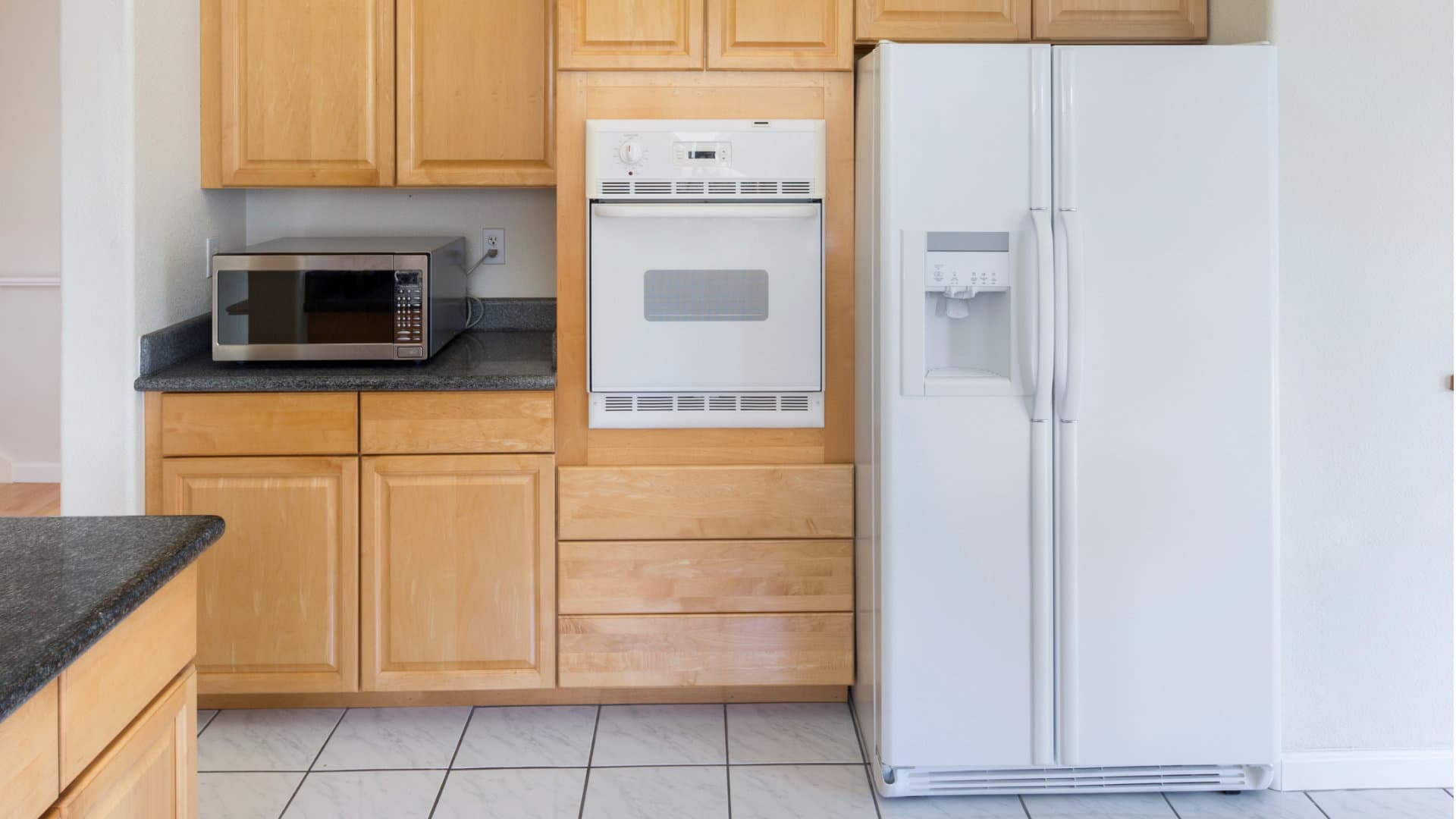
Credit: fredsappliance.com
Conclusion
Troubleshooting a Frigidaire freezer can feel overwhelming, but it doesn’t have to. Start by identifying the problem and checking basic components. Clean the coils, inspect the seals, and test the temperature settings. Regular maintenance can help prevent many common issues.
If the problem persists, consulting a professional may be necessary. Taking small steps can save time and money. Always follow the manufacturer’s guidelines for best results. By understanding your freezer better, you can keep it running smoothly. A little effort today can ensure reliable performance for years to come.
Keep it simple and stay proactive.

